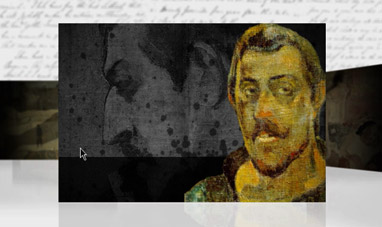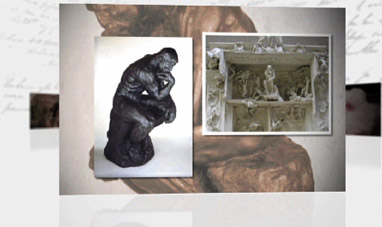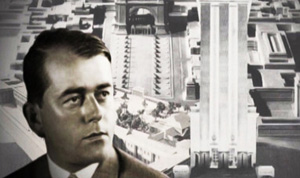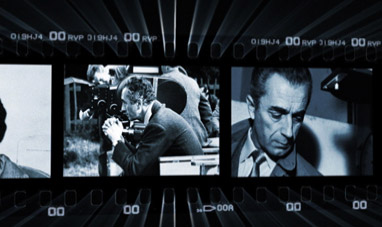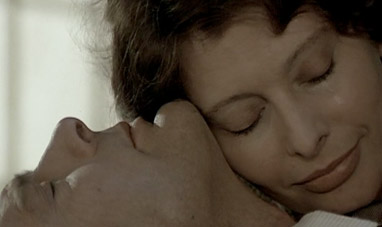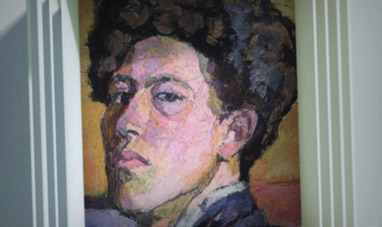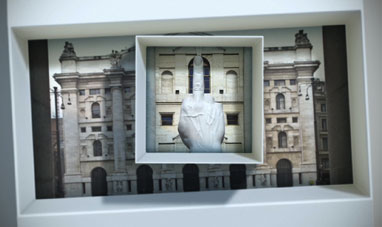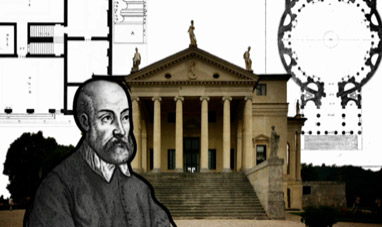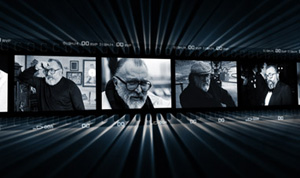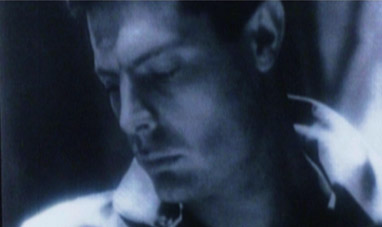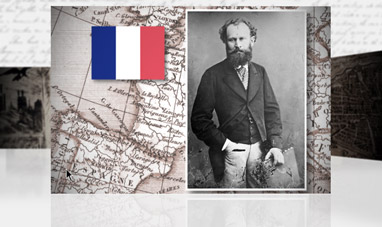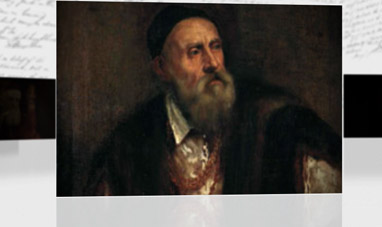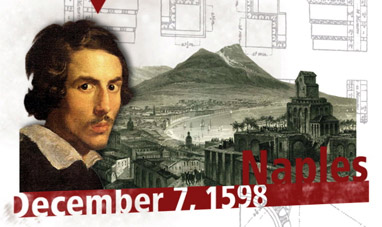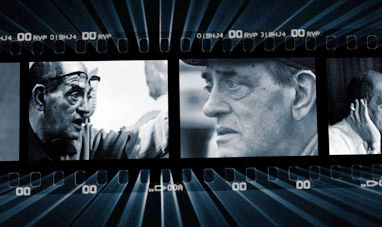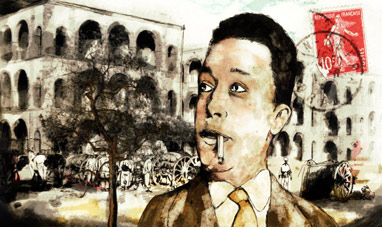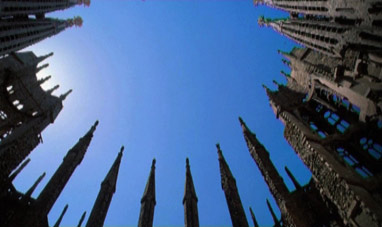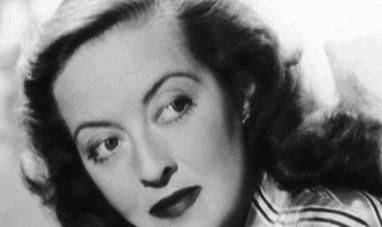Lysippos was a Greek sculptor who lived during the 4th Century BC. His work marked the transition from the formal balance of the Classical period to the realism of Hellenic art. He was born in Sikyon, in the Peloponnese, around 390 BC. In the beginning, Lysippos worked casting bronze. He was interested in natural shapes, applying his studies to etchings and sculptures. Around 343 BC, under the Macedon monarchy, he was called to the court of King Philip II. Here he met Apelles, a painter, and Aristotle, tutor of the future king Alexander the Great. Lysippos would become Alexander’s official portrait artist. The sculptor followed Alexander the Great on his travels, working in the most important cities in the Mediterranean basin: Corinth, Tyre, Alexandria and Rhodes. Some of his works reached Rome and Constantinople.
According to Latin sources, Lysippos produced some 1,500 works, mostly bronze statues of divinities, athletes and important people. Although the originals have been lost, we are familiar with his works thanks to copies made in ancient times. Early works attributed to him are the statues of Eros Stringing the Bow and Agias, an athlete from Thessaly who lived in the second half of the 5th Century. Lysippos was also the author of a colossal statue of Heracles, of which only a copy remains. The statue portrays the Greek hero resting on his club. Alexander the Great possessed a smaller version, the Epitrapezios, and often carried it with him. Lysippos’s innovation lay in the realism of his statues. The artist renounced the classical ideal of eternal and unchangeable beauty, representing his subjects just as they were in any given moment. He had a particular talent for capturing the expressiveness of a body in motion. Movement is vividly represented in his works, in part because of the smaller proportions of the statues’ heads compared to the bodies.
His most famous work, the Apoxyomenos, dates back to 330 BC, and portrays an athlete drying off after a competition. The abandonment of a frontal and static viewpoint in favor of a more fluid pose highlights the dynamic and pulsating nature of the athlete’s body. During the same period, Lysippos created statues of Alexander the Great that show him in poses at once human and heroic. A bronze copy of Alexander with a Lance is on display at the Louvre in Paris. Another important work by Lysippos is a statue of Socrates that portrays the Greek philosopher deep in thought. Lysippos died at the end of the 4th Century BC, almost certainly an old man. In 1964 the Athlete of Fano, a bronze statue attributed to Lysippos, was found in the Adriatic Sea. It may be the only original work by the sculptor to have survived to the present day.
According to Latin sources, Lysippos produced some 1,500 works, mostly bronze statues of divinities, athletes and important people. Although the originals have been lost, we are familiar with his works thanks to copies made in ancient times. Early works attributed to him are the statues of Eros Stringing the Bow and Agias, an athlete from Thessaly who lived in the second half of the 5th Century. Lysippos was also the author of a colossal statue of Heracles, of which only a copy remains. The statue portrays the Greek hero resting on his club. Alexander the Great possessed a smaller version, the Epitrapezios, and often carried it with him. Lysippos’s innovation lay in the realism of his statues. The artist renounced the classical ideal of eternal and unchangeable beauty, representing his subjects just as they were in any given moment. He had a particular talent for capturing the expressiveness of a body in motion. Movement is vividly represented in his works, in part because of the smaller proportions of the statues’ heads compared to the bodies.
His most famous work, the Apoxyomenos, dates back to 330 BC, and portrays an athlete drying off after a competition. The abandonment of a frontal and static viewpoint in favor of a more fluid pose highlights the dynamic and pulsating nature of the athlete’s body. During the same period, Lysippos created statues of Alexander the Great that show him in poses at once human and heroic. A bronze copy of Alexander with a Lance is on display at the Louvre in Paris. Another important work by Lysippos is a statue of Socrates that portrays the Greek philosopher deep in thought. Lysippos died at the end of the 4th Century BC, almost certainly an old man. In 1964 the Athlete of Fano, a bronze statue attributed to Lysippos, was found in the Adriatic Sea. It may be the only original work by the sculptor to have survived to the present day.

